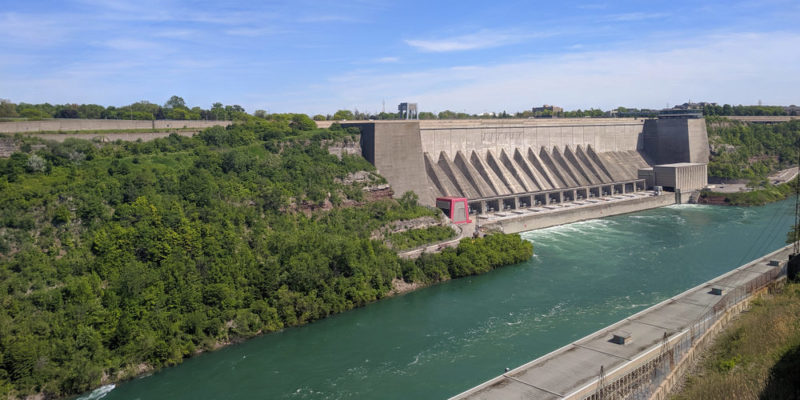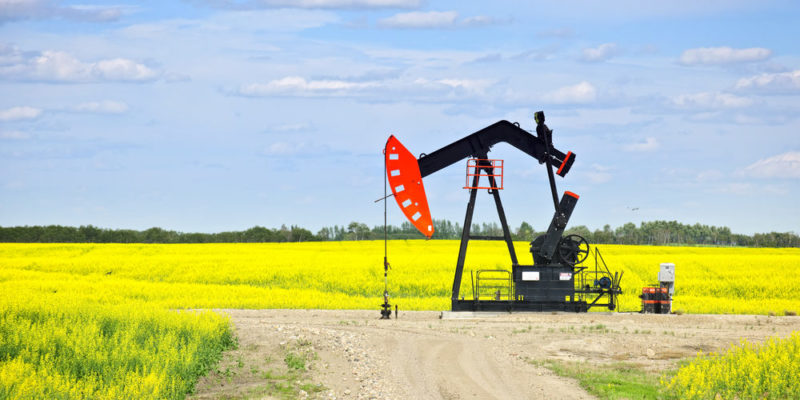We explain what are renewable and non-renewable resources, what are their differences, their characteristics, uses, and examples.
What are renewable and non-renewable resources?
Renewable resources and non-renewable resources are natural resources used by humans for the production of energy, goods, or services and they differ from each other by their regenerative power.
- Non-renewable resources. They are those that once they were used for consumption, their renewal is not possible or requires thousands or millions of years. For example oil.
- Renewable resources. They are those that wear out due to their consumption but regenerate rapidly naturally or by human action. For example freshwater or wood. In addition, these resources are characterized by being sustainable.
Characteristics of renewable resources

Some characteristics of renewable resources:
- They are consumed at a rate similar to the time it takes for their regeneration. However, if these resources are not used in moderation, the environmental balance can be affected.
- They need a specific infrastructure for their extraction or for their use, which implies a high economic investment.
- They depend directly on environmental factors such as wind or sunlight, so in many cases they are unpredictable.
- They do not generate a significant negative impact on the environment.
- They are used almost exclusively for the generation of energy, such as hydro or wind energy, and for the construction of goods, as in the case of wood.
- Most of them cannot be stored.
- They can be obtained in multiple geographic locations on the planet.
Characteristics of non-renewable resources
Some characteristics of non-renewable resources:
- They exist in nature in a limited form and this amount is depleted after consumption without being able to recover in a short period of time.
- They are consumed faster than they can be regenerated.
- They can be removed and stored.
- Its extraction is usually expensive, but in many places, the infrastructure and supplies for exploitation are available because they are resources that have been used since ancient times.
- They pose a high risk of environmental contamination during their extraction or transport, for example, when an oil spill occurs in the ocean that pollutes the waters and affects species of marine fauna and flora.
- They are often used as energy, such as gas, coal, or oil, and are widely used in transportation.
- They are found in specific geographic locations.
- They make it possible to obtain a large amount of energy at a relatively low cost.
Resource types

Within the two types of natural resources, there are different subtypes:
- Non-renewable resources. They may be:
- Fossil fuels. They are those natural resources that are the product of thousands of years of fossilization. They are easy and inexpensive to extract, however, when burned they emit toxic gases. For example gas and coal.
- Nuclear energy. They are those highly polluting and destructive resources that are obtained from the manipulation of nuclei of atoms. It is a type of limited energy and is what is used to make atomic bombs.
- Renewable resources. They may be:
- Renewable resources themselves. They are those that can be regenerated quickly but are not unlimited. For example wood and freshwater.
- Inexhaustible resources. They are those that exist in an unlimited way in nature and do not wear out despite use. For example the wind or water currents.
Resource uses
Many of the renewable resources, such as wood, leather, and paper, are used in the production of goods, while others, such as wind or water currents, are used for the production of energy.
On the other hand, most of the non-renewable resources are used in the production of energy, such as the case of oil or coal.
Although for a long time energy production was carried out almost exclusively through non-renewable resources (especially in areas such as transport), in recent times renewable energies have proven to be a more sustainable model, because they do not pollute and use sources of energy that, in most cases, are inexhaustible.
In order to obtain renewable resources from nature, specific infrastructure and technology are usually needed, which in many cases makes the production process more expensive, so this type of energy is on the rise but is not yet widely applied. Some of the most used renewable energies are:
- Geothermal energy. It is obtained from the use of heat from the interior of the Earth.
- Wind power. It is obtained from the use of energy that comes from the wind and air masses.
- Hydraulic power. It is obtained from the use of the energy produced by currents and the movement of water.
- Solar energy. It is obtained from the use of solar radiation.
Examples of renewable and non-renewable resources

- Renewable resources
- Wood
- Water (hydroelectric power)
- Sun (solar energy)
- Seas and oceans (marine energy)
- Wind (wind power)
- Heat (geothermal energy)
- Biomass (organic matter)
Nonrenewable resources
-
- Coal
- Natural gas
- Nuclear energy
- Petroleum
- Metals and minerals ( gold, silver, diamond, aluminum, among others)
The above content published at Collaborative Research Group is for informational and educational purposes only and has been developed by referring to reliable sources and recommendations from technology experts. We do not have any contact with official entities nor do we intend to replace the information that they emit.
She has pursued her studies in The United States, where she has graduated in Business and Economics and is currently finishing her Master studies in International Economics and Finance. Miss. Amputee is fluent in three languages: English, Spanish and Russian and has elementary knowledge of French and Italian. She love exploring how Collaborative Research Group can become the best tool to achieve the (necessary) educational change. .
Leave a reply
Your email address will not be published. Required fields are marked *Recent post

Sport: What Is It, Types, Risks, Features, Characteristics and Examples

Dogs: Emergence, Features, Characteristics, Feeding and Breeds

Story: Definition, Elements, Structure, Features and Characteristics

